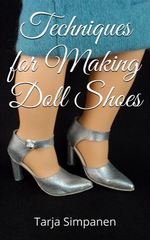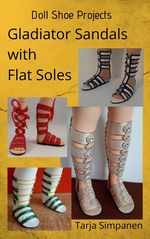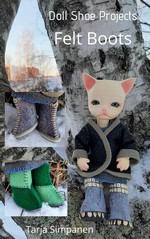I have had this stool for 25 years or so, and considering the time, it was in a fairly good condition, but the leather was worn and I was simply bored of how it looked. So I decided to take it into pieces and replace the leather with something else.
I'm not sure what I expected to find inside, but I was still surprised by polystyrene. I should have known, really, because of how little the stool weighted. So, it was polystyrene inner structure, plastic foam for cushioning, and leather covering.
I removed everything else and started working with the polystyrene structure. I used an old carpet to cover the polystyrene, hand sewing the pieces in place. The filling of the red pillow would become the seat cushion. The green roll is the type of plastic foam you can use under your sleeping bag when you go camping, and it was going to cover the sides of the stool.
Below you can see the green foam in place around the sides. It's main purpose is to prevent dents in the polystyrene. The round piece is an old bed sheet (100% cotton) with pieces of my old jeans sewn into it. I wanted to use the jeans fabric, but I didn't want any stretching, which is why I decided to use cotton as a base for the seat covering.
The rest of the wedge shaped pieces are made of leather. I had this gold-colored leather I bought from the closing sale of a store that sold leather goods, and I had never found any use for it. I originally bought it just because I liked how it looked. I had no plans for it at the time and hadn't had in the over a decade that followed. At least now it got some use. At this point there is a seat cushion under the covering. I made it using the same cotton.
Below are the two parts of the outer layer. I used the jeans for the sides, because I liked the idea of having pockets on the side of the stool. The blue cotton part goes under the stool.
After sewing the two parts together and getting the covering over the stool, I covered the center part inside the structure with the same cotton, because part of it was going to be visible from below. It's just a piece of fabric secured in place by tying some string around it.
Here is the bottom with everything finished. The covering is pulled tight with a piece of string.
Here is the finished stool. The seat cushion seemed a bit too curved first, and I thought I might have to adjust it, but after the stool was used for some time, the filling settled and it is now slightly flatter than in this picture.






















































